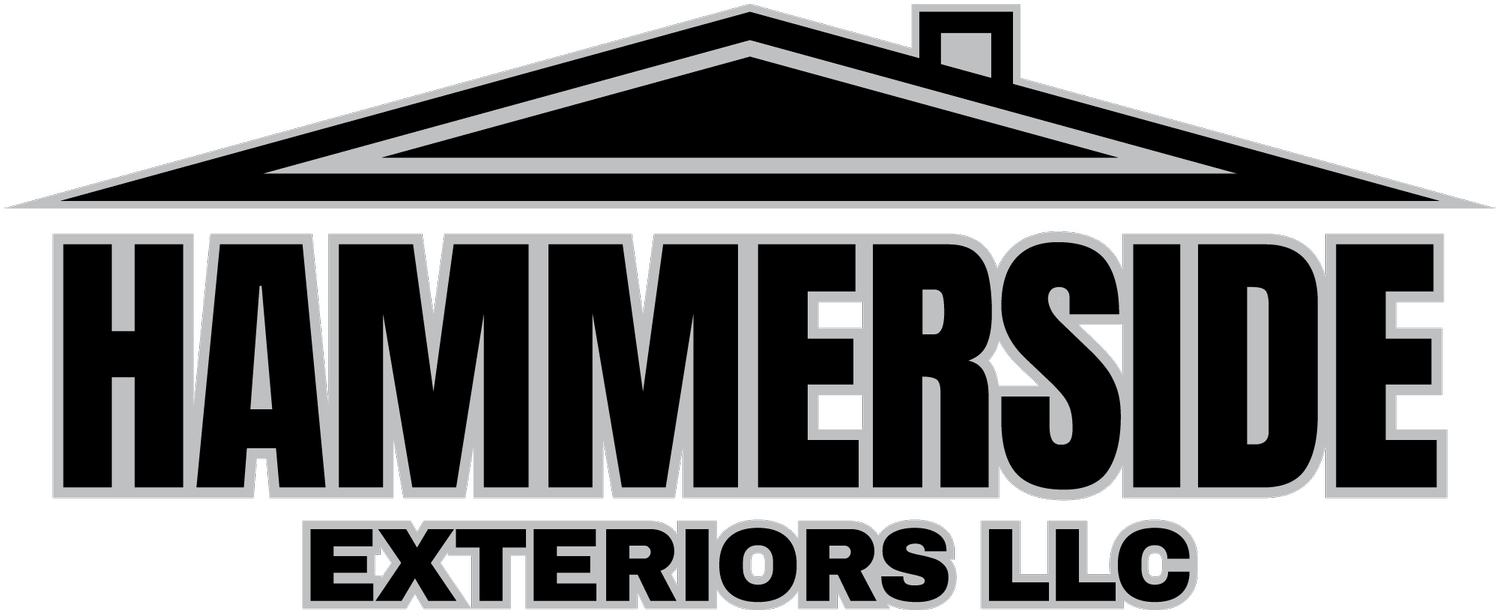Why Your Roof (and Wallet) Are Safer in Local Hands
A Rochester homeowner’s guide to picking the right crew—without the sales pitch
The night the hail hit Byron …
Last July, golf-ball-size hail rattled windows from Kasson to Century High School. Insurance adjusters swarmed the area, and so did roofing trucks with license plates from three states away. Within 48 hours our phone lit up—not just with repair calls, but with the same question:
“What’s the real difference between hiring you and the outfit that just knocked on my door?”
Here’s the answer we give neighbors over coffee, minus the industry jargon.
1. We know the code (because we helped write parts of it)
Minnesota’s residential roofing code is strict about ice-and-water barriers and valley underlayment for a reason: ice dams. State rules require a waterproof membrane 24 inches inside the warm wall line and 36 inches up every valley MN Department of Labor. Skip that step and the first January thaw can send meltwater into your attic. Because we pull Olmsted County permits weekly, inspectors call us if specs change—out-of-town crews often learn about amendments the hard way.
2. Weather files, not weather guesses
Our project notebook tracks storm data going back ten years. Example: the 7/13/24 cell that dropped 2″ hail across Byron and Rochester Interactive Hail Maps. That history guides the shingle class and fastener pattern we recommend. A crew that works mostly in Iowa may spec a lighter-weight product that fades or fractures sooner under the same punishment.
3. Speed that actually matters
Because we’re 12 minutes from downtown Rochester, emergency calls turn into tarp-ups the same afternoon—not “sometime next week.” That quick dry-in can mean the difference between a simple shingle swap and replacing insulation and sheet-rock.
Neighbor story: When the September 19, 2024 hail band crossed the river, we had three roofs watertight before the second round of storms at 11 p.m. HailPoint.com.
4. One handshake, many trades
Re-roofing often uncovers side quests—satellite dish re-mounts, gutter pitch fixes, solar conduit standoffs. We keep an on-call roster of electricians, HVAC techs, and gutter pros who drop in mid-job so the roof doesn’t sit half-done while you hunt subcontractors.
5. Dollars that stay on the map
Choosing a local firm means the check you write lands in Olmsted County paychecks, little-league sponsorships, and coffee at Cafe Steam—not on a hotel bill off I-90. That might not patch a leak, but it does keep skilled tradespeople available the next time a tree limb comes calling.
6. Your warranty won’t leave town
Most manufacturers require the installer to process warranty claims. If the crew has rolled on to the next storm state, that “30-year coverage” becomes a phone labyrinth. We’re here long after the lawn signs come down, so if a shingle lifts, you talk to the same crew that nailed it.
The takeaway
Roofs in southeast Minnesota deal with ice dams, 60 mph wind gusts, and the occasional baseball-size hailstone. Keeping them intact is part science, part neighborhood accountability. A contractor who lives under the same sky as you has every reason to get it right the first time.
Have questions about ice-barrier specs, color matching, or insurance paperwork? Text or call any time—no obligation, no hard sell. We’ll still wave when we see you at the farmers market.

